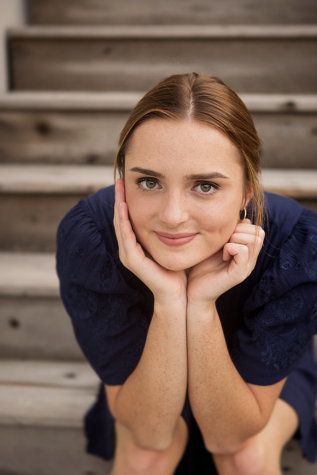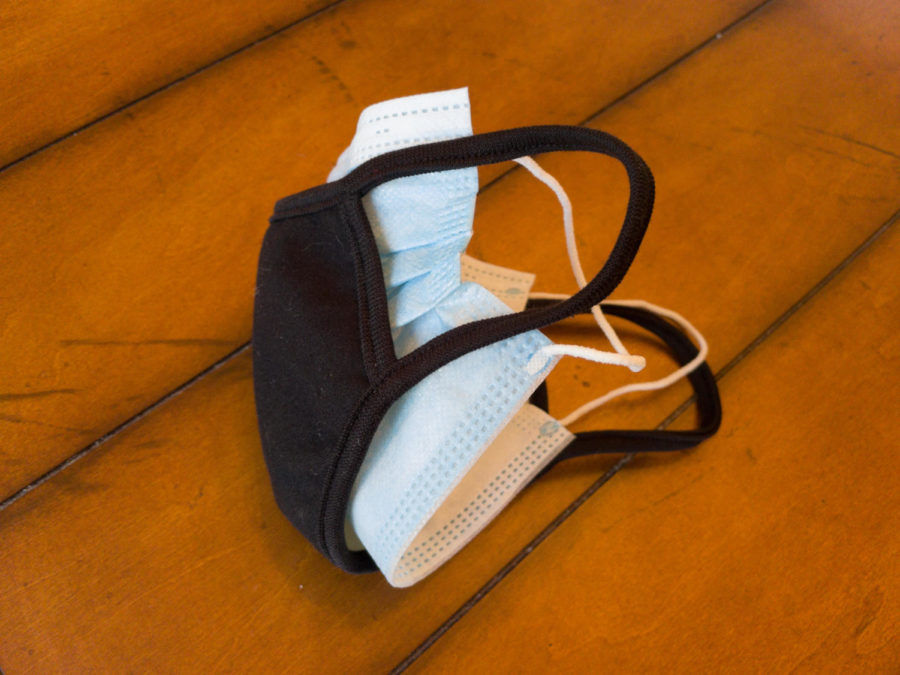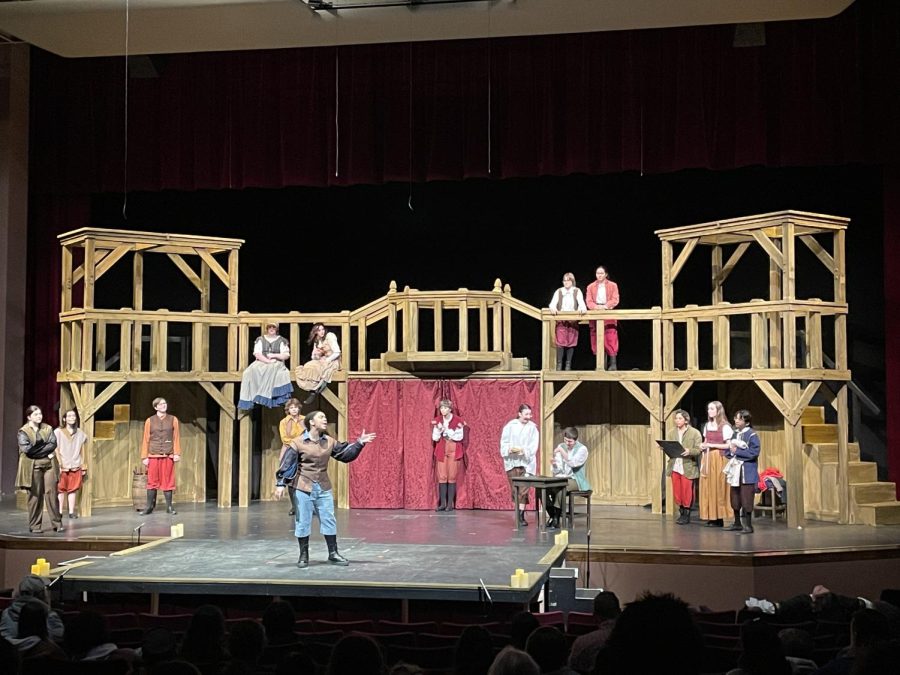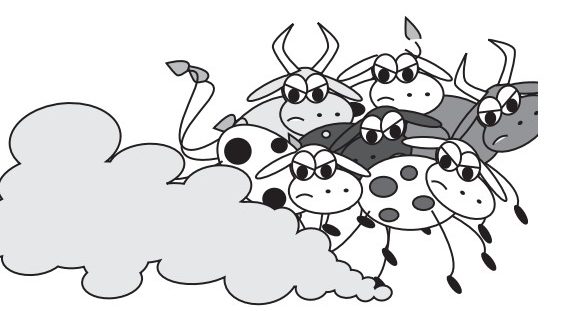March 13, 2020.
The day started the same as any other Friday throughout the school year. Students arrived at school, sat through their classes and talked excitedly of their plans for spring break.
Yet, there was also a strange energy in the air. News about the novel “coronavirus” was everywhere, with rumors of an extended spring break and quarantines spreading further with each passing period. That day, the first two weeks off of school were announced. It was the last day of normalcy for many, both at East and in our community and, in fact, the world.
This past March 13 marked the two year “anniversary” of the beginning of the COVID-19 pandemic. This provides an opportunity to look back on the course of the pandemic with a new appreciation for what we have lost, gained, and learned about our world.
Of course, the losses to COVID-19 have been notable and heart-wrenching. According to the New York Times on March 20, 970,000 Americans have died from COVID-19 throughout the pandemic. The stories of overwhelmed hospitals and medical staff, along with all of the activities, experiences, and events that were postponed, canceled, or changed over the past few years should not be trivialized.
However, as we seem to phase out of COVID-19 protocols and enter a period of relative normalcy once more, the anniversary of March 13 should not be treated solely with anger, frustration, or sadness. On the contrary, there have been many lessons and inspiring moments throughout the past two years that have given humanity hope, especially in the East community.
Student mental health became a larger discussion throughout the pandemic. What began as a question of loneliness during isolation spread into the consideration of how activities such as sports, theater, music and other extracurriculars can help students to regulate their mental health.
The continuation of these activities, even with restrictions and regulations, gave many students hope in unstable times. East students won state championships, performed plays and musicals, created art, and competed in any number of athletic and academic competitions over the course of the pandemic.
The perseverance necessary to find unique ways to compete, create, or participate will be applicable in numerous life experiences and situations for students down the road.
The structure of school itself went through monumental changes in the past two years, too. Many members of the East community, including students, staff, and administrators, were forced into finding new uses for technology in the daily routine at East. Google Meet, Zoom, and the new digital classroom program Schoology.
One of the many struggles for teachers was the lack of cameras on by students. Most teachers didn’t get the chance to meet or see their students’ faces until our current school year in-person. Many of these pieces of technology, regardless of whether or not they are still in use, created a new perspective on what school can look like as we move into the future of education.
Just after the two-year anniversary of March 13, 2020, it is not easy to look back and mourn all that the world has lost since that fateful day.
Yet while it makes sense to treat all of the losses, both of human life and experiences, with respect, they cannot be the only consideration on COVID’s anniversary. Covid may be a part of our lives for a long time. A new “normal” is approaching. And while it is, we need to be ready to adapt when the time comes to do so. However, it’s important to keep in mind our mental and physical health when embracing the new “normal”.
Looking back on the shifting of perspectives, priorities, and the introduction of hopeful changes is also an important part of examining the past two years, and also our future, both at East and in the world at large.
Categories:
March Editorial: Two years later….
April 5, 2022
The “double-mask” setup prescribed by the CDC entails wearing a surgical mask under a cloth mask.
More to Discover
About the Contributors

Katie Kempff, Editor-in-Chief
Katie is a senior who has been on the X-Ray for all of her years at East, and now holds the position of co-Editor. Katie participates in a number of other extra-curricular activities, including the track, diving, and speech teams. She is passionate about journalism, and all kinds of competition; her favorite parts of being on X-Ray are the IHSA Journalism competitions, late production nights, and inside jokes with the rest of the staff. Katie’s claims to fame are a first place sectional award for copy editing her freshman year, and a sixth place award at state her junior year!

Chloe Ladines, Editor-in-Chief
Chloe is now in her fourth year on the X-ray staff. She likes to write news stories. She also likes to draw. She was planning to compete in the editorial cartoon and advertising events at Sectionals this year, but our IHSA competition season was cancelled due to Covid-19. She competed in 2021 and qualified for state. She was the graphics editor for the 2020-2021 year. Now she is co-editor-in-chief.







